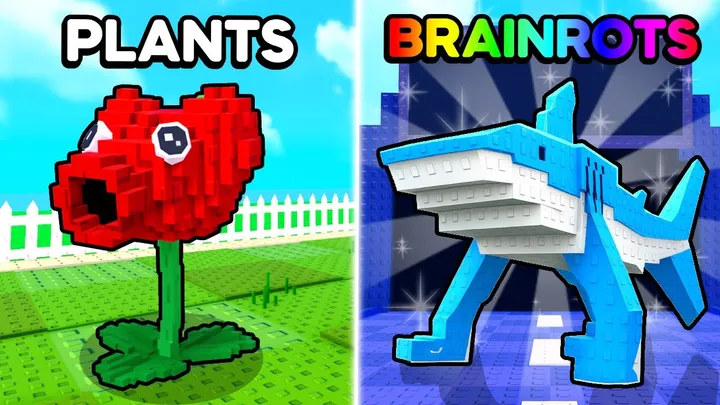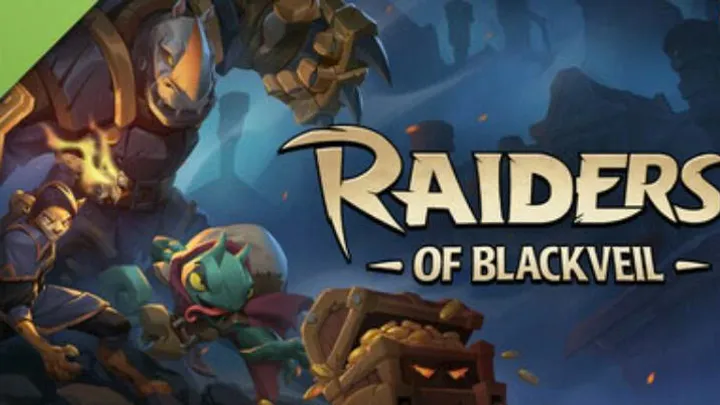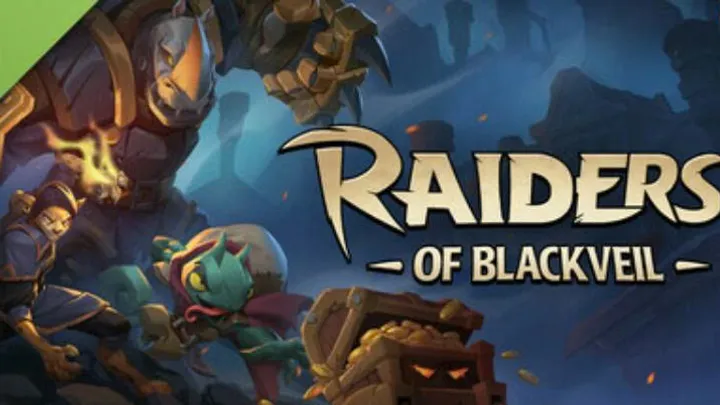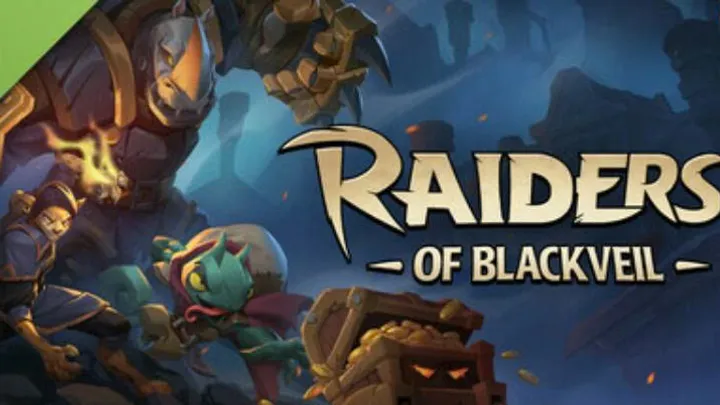Grounded shrinks you down to the size of an ant and drops you into a backyard full of dangers. What would normally be harmless insects become terrifying predators, while blades of grass tower like trees. To survive, you’ll need to gather resources, craft tools, build shelter, and fight off threats.
This guide will walk you through the essentials of survival — from basic crafting and exploration to advanced base-building, combat, and multiplayer teamwork. Whether you’re new to the game or returning after updates, you’ll learn how to make the backyard your home.
Getting Started: First Hours in the Backyard
Your first goal is survival. Collect basic materials like pebbles, plant fiber, and sprigs to craft simple tools. Prioritize making a Pebblet Axe, Pebblet Hammer, and basic armor.
Stay near safe areas until you learn the environment. Avoid dangerous bugs early on — spiders, bombardier beetles, and stinkbugs can easily overwhelm you. Use landmarks like the Mysterious Machine or Oak Tree to orient yourself.
Gathering and Crafting Essentials
Crafting is the heart of Grounded. Almost every survival step requires combining gathered resources into usable tools, weapons, and structures.
- Pebblet Axe: Needed to chop grass for building.
- Pebblet Hammer: Breaks tougher resources like quartzite.
- Workbench: Unlocks advanced recipes.
Crafting armor (clover, acorn, or grub) improves survivability. Always carry a torch when exploring tunnels and caves — darkness hides both treasure and threats.
Building a Safe Base
Shelter provides protection, organization, and a place to respawn. Choose a location with nearby water, food, and resources but away from heavy predator patrols.
Popular base spots include:
- Near the Oak Tree (resources and early quests).
- High on grass or clover platforms (safe from ground threats).
- Close to water for easy hydration.
Build lean-tos for respawn points, walls for defense, and storage for collected resources. Over time, upgrade to stronger materials like weed stems and clay.
Managing Hunger and Thirst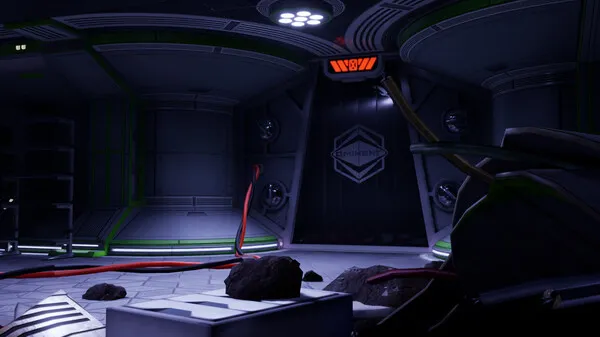
Bayek had to fight in Egypt, but in Grounded, your fight is against hunger and thirst. Running out means quick death, so manage carefully.
- Food: Mushrooms are everywhere, but cooking aphids, weevils, or grubs provides better nutrition.
- Water: Look for dew drops on grass or collect from juice boxes. Never drink dirty pond water unless desperate — it drains stamina and health.
Craft a canteen to carry clean water. Later, build dew collectors for a steady supply at your base.
Combat and Weapon Mastery
Combat is risky but unavoidable. Each bug has unique attack patterns. Study their movements before engaging.
- Spears: Great for early reach.
- Bows: Safe ranged option against dangerous bugs.
- Clubs and Blades: Heavy damage but slower swings.
Spiders are tough opponents — bring armor, healing items, and a bow. Use terrain to your advantage by fighting near obstacles bugs can’t easily navigate.
Exploring the Backyard
Exploration is where Grounded shines. The backyard is full of biomes — the hedge, sandbox, pond, and haze each have unique dangers and resources.
Mark your path with trail markers to avoid getting lost. Always carry a torch, bandages, and spare food. Unlocking field stations allows you to analyze materials, granting new crafting recipes. Exploration fuels progression.
Research and Upgrades
Progression depends on analyzing resources at field stations. Each analysis unlocks blueprints for weapons, armor, and survival tools.
Later, you’ll unlock mutation perks, passive abilities gained from activities (like running, chopping, or fighting). Equip perks that match your playstyle — for example, "Natural Explorer" boosts speed, while "Javelineer" improves spear combat.
Upgrading weapons with quartzite and later materials ensures you keep up with tougher threats.
Teamwork in Multiplayer
Grounded shines when played with friends. Cooperative play allows you to share resources, assign roles, and tackle bigger challenges.
- One player can focus on gathering, another on building.
- Team combat makes spiders and boss fights manageable.
- Shared bases grow faster with multiple players contributing.
Communication is vital. Calling out bug ambushes or resource locations prevents disaster.
Bosses and Major Threats
As you progress, you’ll face larger challenges like the Broodmother spider, koi fish, and infected creatures. These fights test preparation and teamwork.
Before attempting bosses, craft tier 2 weapons, strong armor, and plenty of healing items. Study their arenas — many boss battles involve environmental hazards. Victory often unlocks rare materials for unique gear.
Advanced Tips for Survival
To thrive long-term in Grounded:
- Upgrade Constantly: Don’t rely on tier 1 tools forever.
- Farm Resources: Build grinders, dew collectors, and gardens for steady supplies.
- Scout Ahead: Use SCA.B scanner upgrades to detect water, resources, or threats.
- Stay Mobile: Zip-lines and bounce webs make fast travel across the backyard easy.
Mastery comes from efficiency. The more streamlined your systems, the less time you’ll spend scrambling for survival.
Conclusion
Grounded transforms an ordinary backyard into a thrilling survival adventure. By mastering crafting, base-building, exploration, and combat, you’ll evolve from a fragile survivor into a backyard conqueror.
Patience and preparation are key. Every bug, biome, and upgrade offers both risk and reward. With persistence, you’ll turn the dangers of the backyard into stepping stones toward dominance.
